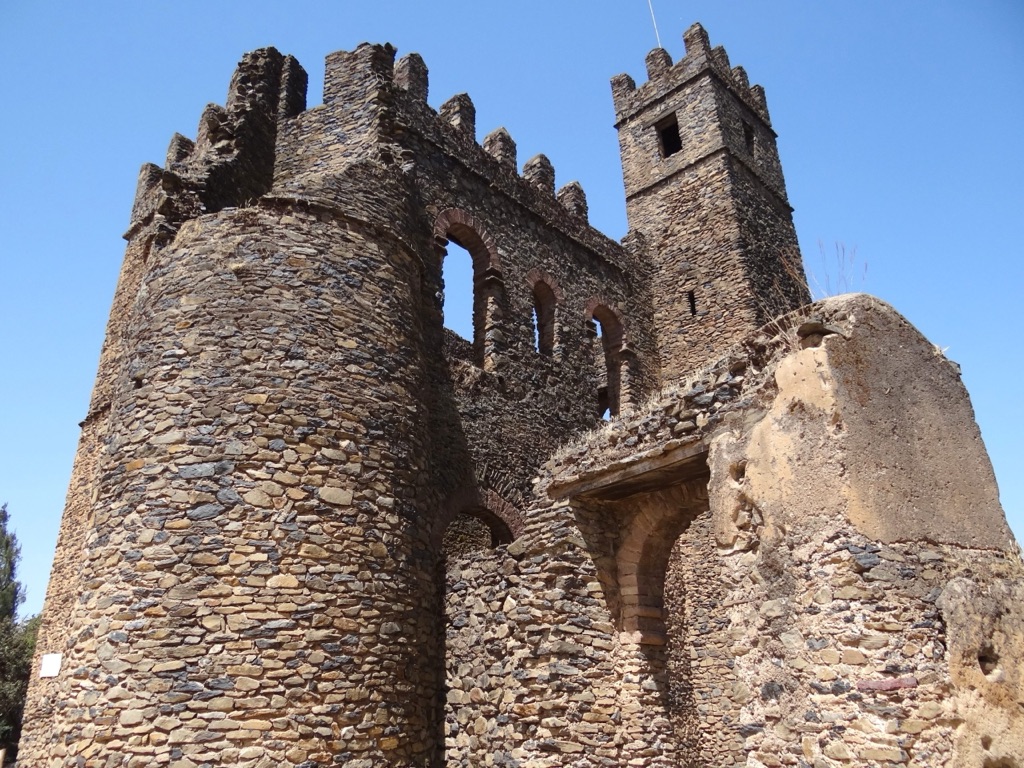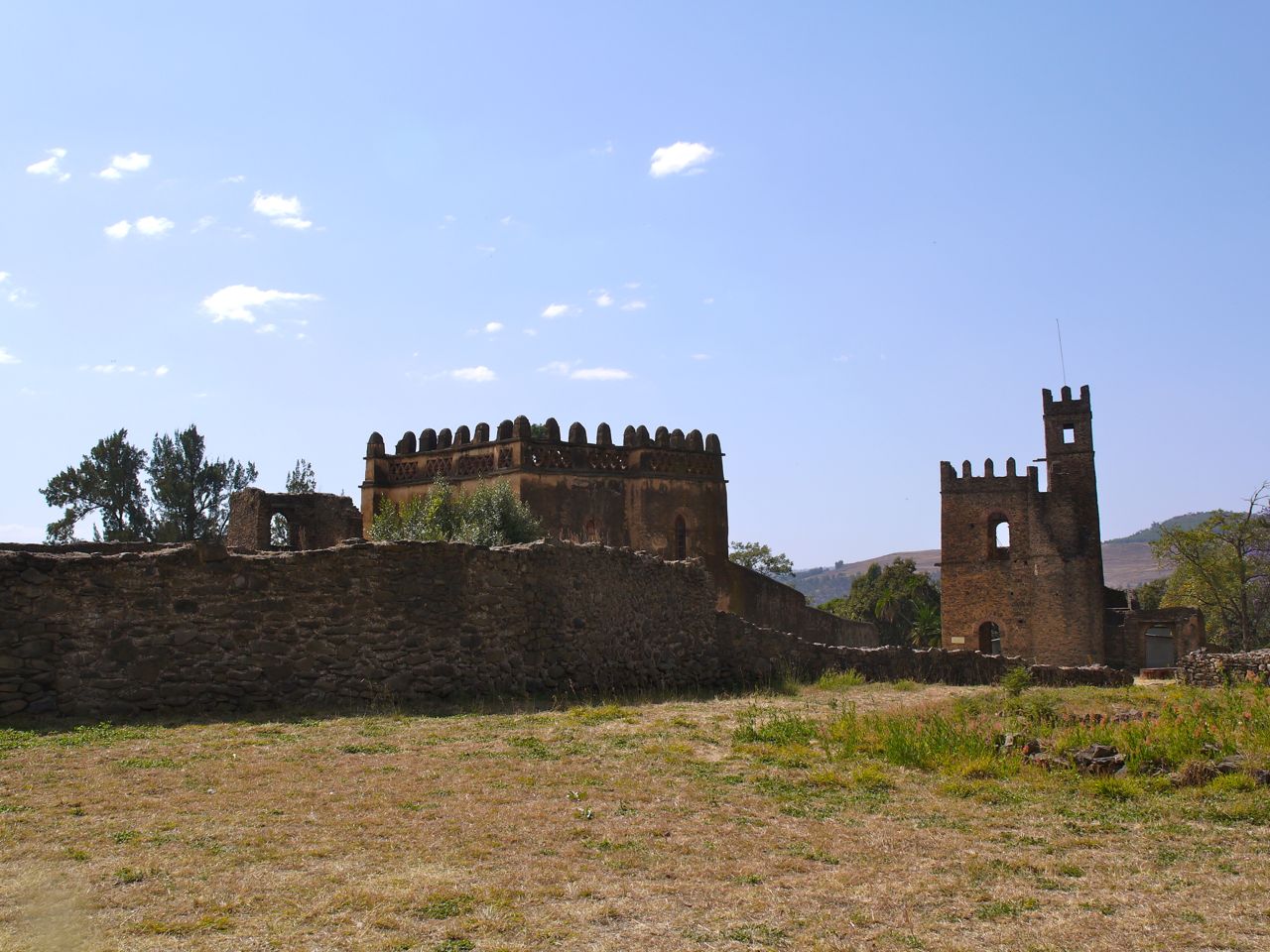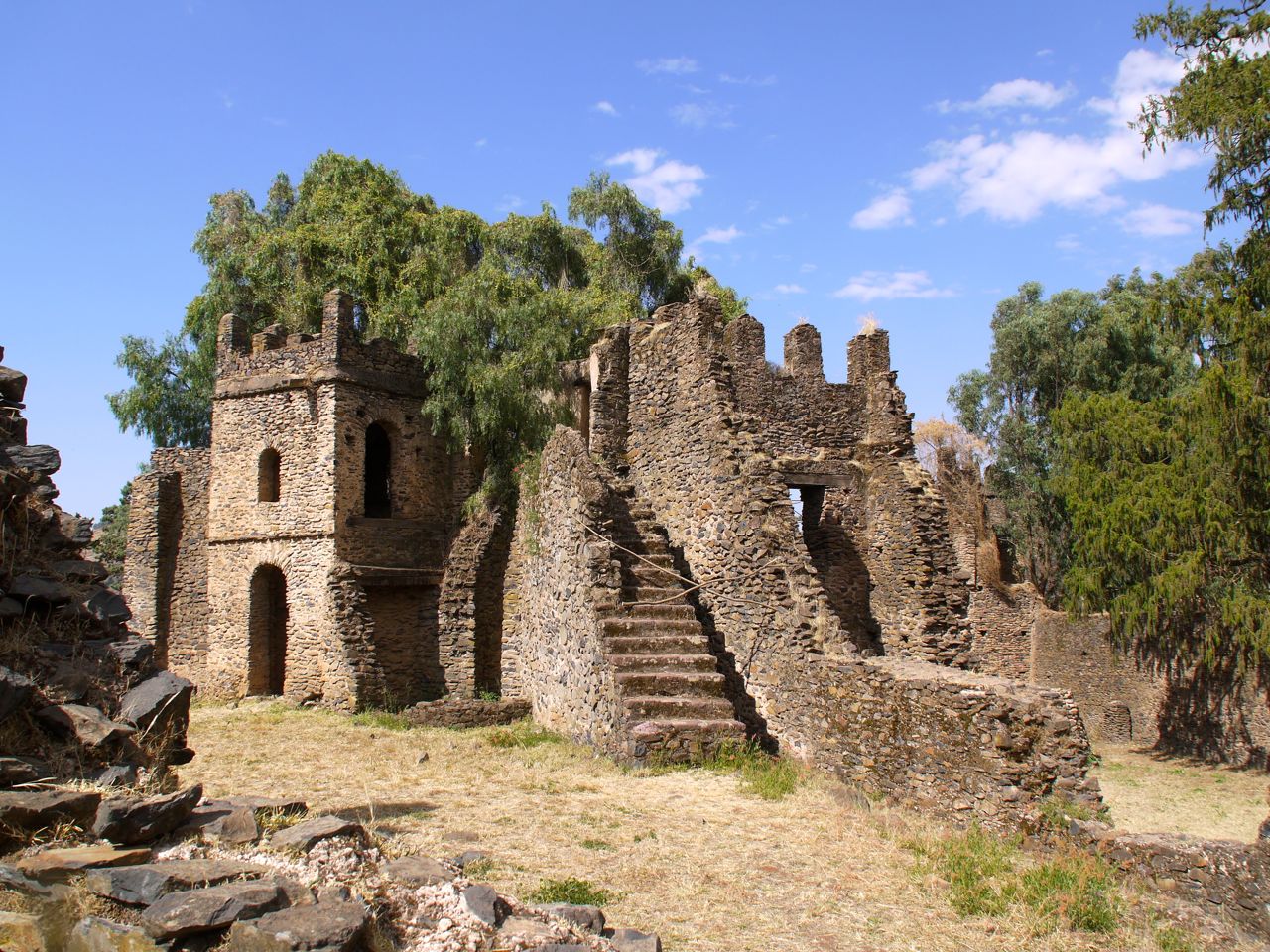Fasil Ghebbi, located in Gondar, Ethiopia, stands as a fortress-city that once was the residence of the Ethiopian emperor Fasilides and his successors. Enclosed by imposing walls, it is a complex of palaces, castles, and churches from the 17th century. Recognized as a UNESCO World Heritage site, it reflects a unique blend of Ethiopian, Arab, and Baroque architectural styles. Fasil Ghebbi is a testament to the historical Ethiopian civilization and its architectural prowess, serving as a focal point for cultural and political life in Ethiopia’s past.
Get your dose of History via Email
Historical Background of Fasil Ghebbi Gondar Ethiopia
Emperor Fasilides founded Fasil Ghebbi in the early 17th century. It became the center of the Ethiopian government until the 19th century. The fortress-city was not only a political nerve center but also a hub for art, music, and literature. Over time, subsequent rulers added their own structures to the complex, creating a rich tapestry of architectural styles.
The discovery of Fasil Ghebbi was not a singular event, as it has been an integral part of Ethiopian history for centuries. However, its introduction to the wider world increased with European contact. Portuguese explorers and Jesuit missionaries were among the first to provide detailed descriptions of the site.

Emperor Fasilides himself commissioned the construction of the original castle, which now bears his name. The complex expanded with contributions from his successors, creating a legacy of buildings that reflect the diverse influences and architectural innovations of the time.
Throughout its history, Fasil Ghebbi has witnessed significant events, including the rise and fall of empires. It has also been a place of refuge during times of conflict, offering protection with its formidable walls and strategic location.
Despite its historical significance, Fasil Ghebbi faced periods of neglect. However, restoration efforts have been underway to preserve its structures for future generations. These efforts ensure that the site remains a symbol of Ethiopia’s rich heritage.
About Fasil Ghebbi Gondar Ethiopia
Fasil Ghebbi is a fortress-city that encompasses royal palaces, churches, monasteries, and unique public and private buildings. The complex is a striking example of a style that has come to be known as the Gondarine style, characterized by its distinctive blend of local traditions and foreign influences.
The buildings within Fasil Ghebbi were constructed using a variety of materials, including stone, wood, and mortar. The design elements feature intricately carved wooden balconies, arched doorways, and castle-like battlements. These features showcase the skill of Ethiopian craftsmen of the time.
The architectural highlights of the complex include Fasilides’ Castle, Iyasu’s Palace, and the Library of Tzadich Yohannes. Each structure within the compound has its own unique features, yet they all contribute to the overall coherence of the site.
The methods of construction reflect a fusion of local building techniques with influences from the Mediterranean and the Indian subcontinent. This blend of styles resulted in a unique architectural heritage that is specific to the Ethiopian highlands.
Despite the passage of time, the structures within Fasil Ghebbi have retained much of their original splendor. They continue to draw visitors from around the world, eager to witness the grandeur of Ethiopia’s past.

Theories and Interpretations
Several theories exist about the use and significance of Fasil Ghebbi. Some suggest that the site was not only a royal enclosure but also served as a fortress and administrative center. The presence of churches within the complex indicates its religious importance as well.
There are mysteries surrounding certain aspects of Fasil Ghebbi, such as the exact purposes of some of its buildings. Historians and archaeologists have had to interpret these based on the available evidence and historical records.

One of the most intriguing buildings is the Fasilides’ Bath, which some believe was used for baptismal ceremonies during Timket, the Ethiopian Epiphany. Others argue it had a more secular function as a recreational swimming pool for the royal family.
Dating of the structures within Fasil Ghebbi has been carried out using both historical documentation and architectural analysis. These methods have helped to establish a timeline for the construction and use of the site.
Despite the extensive research, Fasil Ghebbi still holds many secrets. Ongoing studies continue to uncover new information, adding depth to our understanding of this historical treasure.
At a glance
- Country: Ethiopia
- Civilization: Ethiopian
- Age: 17th century AD

